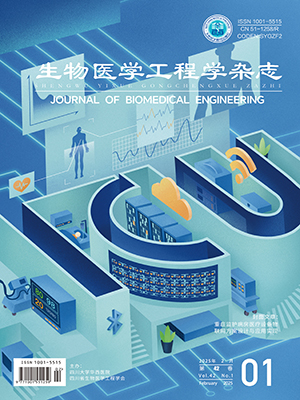Acute respiratory distress syndrome (ARDS) is a serious threat to human life and health disease, with acute onset and high mortality. The current diagnosis of the disease depends on blood gas analysis results, while calculating the oxygenation index. However, blood gas analysis is an invasive operation, and can’t continuously monitor the development of the disease. In response to the above problems, in this study, we proposed a new algorithm for identifying the severity of ARDS disease. Based on a variety of non-invasive physiological parameters of patients, combined with feature selection techniques, this paper sorts the importance of various physiological parameters. The cross-validation technique was used to evaluate the identification performance. The classification results of four supervised learning algorithms using neural network, logistic regression, AdaBoost and Bagging were compared under different feature subsets. The optimal feature subset and classification algorithm are comprehensively selected by the sensitivity, specificity, accuracy and area under curve (AUC) of different algorithms under different feature subsets. We use four supervised learning algorithms to distinguish the severity of ARDS (P/F ≤ 300). The performance of the algorithm is evaluated according to AUC. When AdaBoost uses 20 features, AUC = 0.832 1, the accuracy is 74.82%, and the optimal AUC is obtained. The performance of the algorithm is evaluated according to the number of features. When using 2 features, Bagging has AUC = 0.819 4 and the accuracy is 73.01%. Compared with traditional methods, this method has the advantage of continuously monitoring the development of patients with ARDS and providing medical staff with auxiliary diagnosis suggestions.
Citation: YANG Pengcheng, CHEN Feng, ZHANG Guang, YU Ming, LU Meng, WANG Chunchen, WANG Chunfei, WU Taihu. Research on algorithms for identifying the severity of acute respiratory distress syndrome patients based on noninvasive parameters. Journal of Biomedical Engineering, 2019, 36(3): 435-443. doi: 10.7507/1001-5515.201801081 Copy
Copyright © the editorial department of Journal of Biomedical Engineering of West China Medical Publisher. All rights reserved




